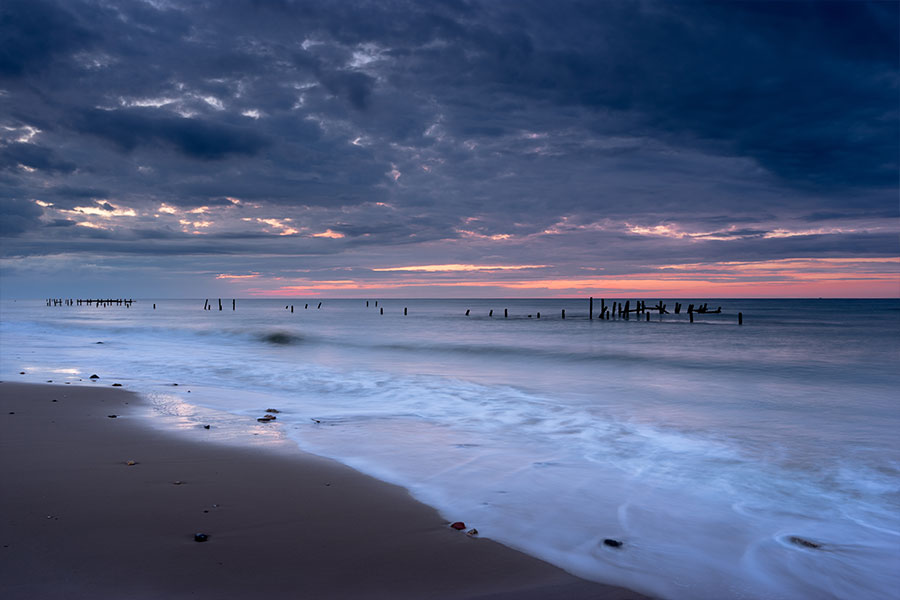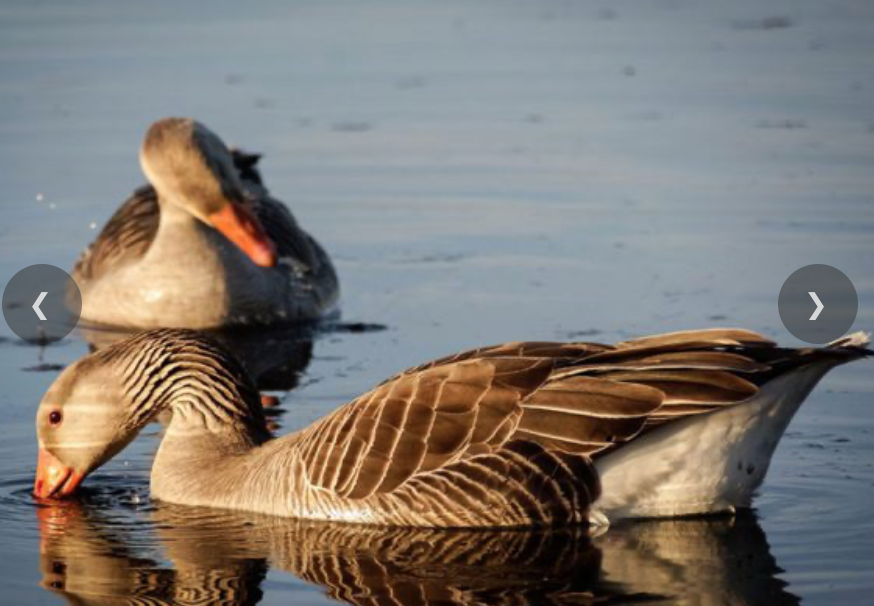Dilham
Dilham has a long agricultural history. Named for the fields of dill that were once grown commercially in this area, Dilham was mentioned in the Domesday Book as a settlement of 23.3 households, 12 acres of meadowland, and 13 pigs. In the 21st century, our family continues to farm the land.
The North Walsham and Dilham Canal, which runs roughly parallel to the River Ant, was opened in 1826 and used principally for transporting offal to the two bone mills at Antingham. Six watermills were worked by the canal. Of the canal’s six locks, the nearest is at Honing, a lovely walk from Dilham; the rebuilt lock at Ebridge Mill is also well worth a visit.
Today, this stretch of water is a private and peaceful haven for wildlife.
Four of the UK’s six species of deer can often be spotted here at Dilham Hall Retreats. The Chinese water deer (Hydropotes inermis), with its distinctive tusks, has an ‘at risk’ conservation status in its native East Asia, despite a healthy population in the UK – particularly in East Anglia. Red deer (Cervus elaphus) and roe deer (Capreolus capreolus), the two species native to the UK, are also inhabitants of Dilham, and so is the sturdy little Reeve’s muntjac (Muntiacus reevesi). Norfolk is a well-known haven for bird enthusiasts. Among the many common and rare bird species to be seen in the Broads, the barn owl (Tyto alba) is one of our favourites. The biologist Colin Shawyer, recognised for his knowledge of owls and his contribution to the conservation of owls, has carried out studies and ringing at Dilham Hall Farm.
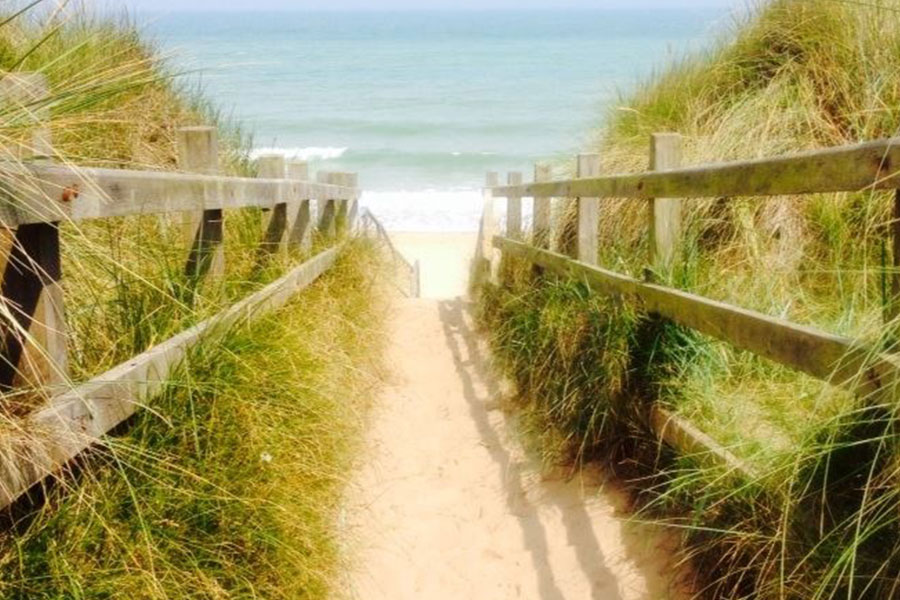
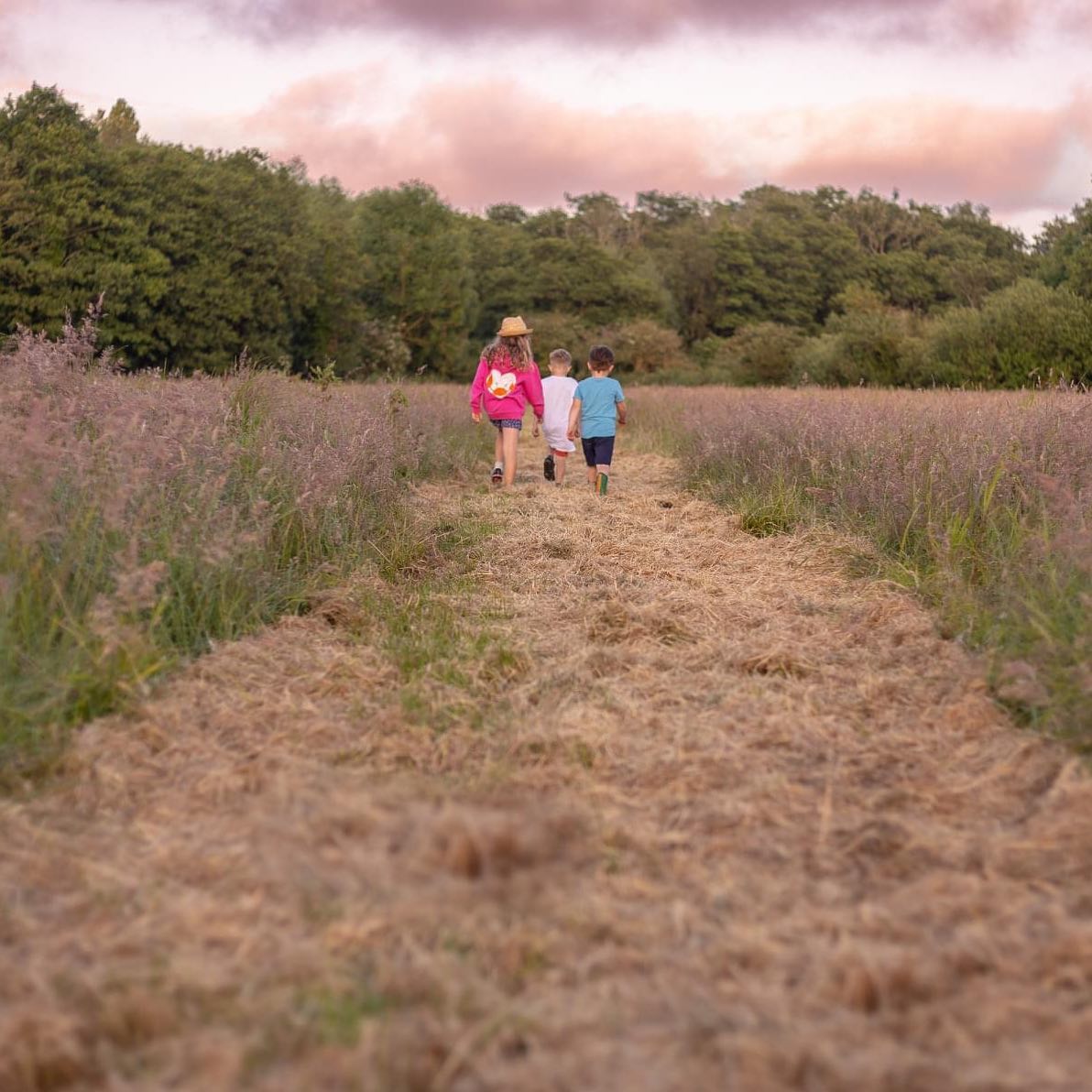

The Broads
Our three campsites – Canal Camping, Tonnage Bridge, and Broad Fen – are all nestled comfortably within the Broads National Park, a 117-square-mile area of woodland and wetland. The network of navigable waterways is made up of seven rivers and 63 flooded basins created by peat-works during the Middle Ages. Most of the Broads National Park is protected by various conservation designations, including Site of Special Scientific Interest, Special area of Conservation, Natural Nature Reserve, and Environmentally Sensitive Area.
Britain’s total population of the swallowtail butterfly (Papilio machaon) is now living in the Broads, feeding exclusively on milk parsley (Peucedanum palustre) – another endangered species, also found in Broad Fen SSSI. The Eurasian bittern (Botaurus stellaris) is one of the UK’s most threatened birds, and the water vole (Arvicola amphibius) is the UK’s fastest declining mammal. The Broads is home to both species.
One species that’s in no danger is the Norfolk reed (Phragmites australis), which has been a traditional thatching material for centuries. Today, Norfolk reed is still harvested for the local thatching trade – a sustainable industry that preserves the biological status quo of the reedbeds, creates jobs, and involves no long-haul transportation. As you explore Norfolk, you’ll see quite a few thatched roofs sporting the robust, long-lasting Norfolk reed. In fact, we use Norfolk reed on the farm (have a look at the reed panels around the hot tubs at Tonnage Bridge Glamping site).
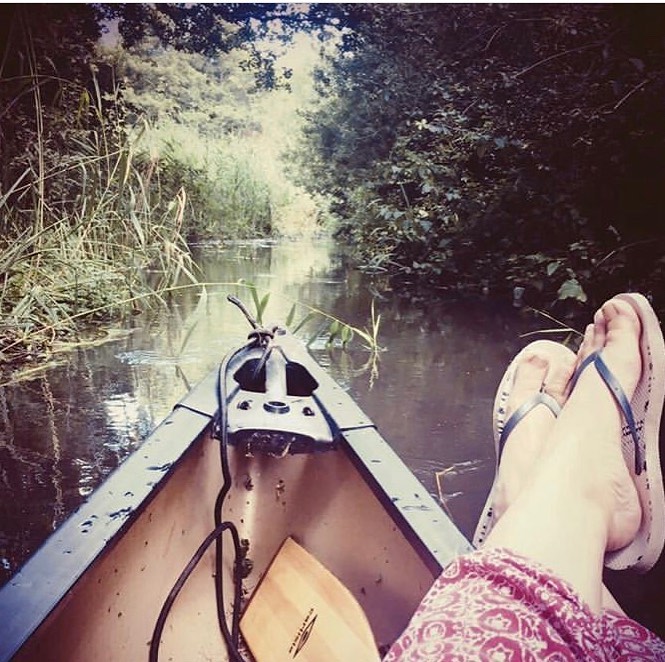
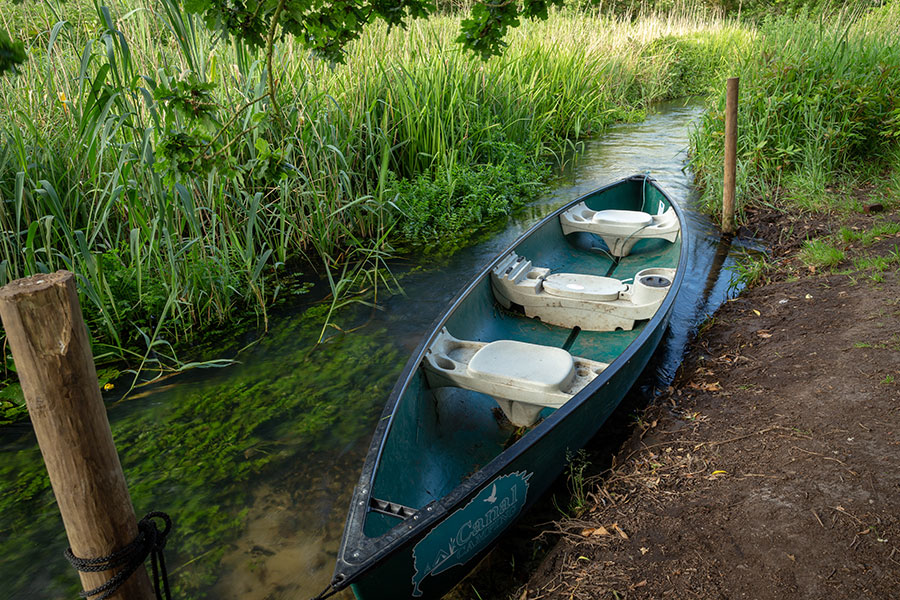
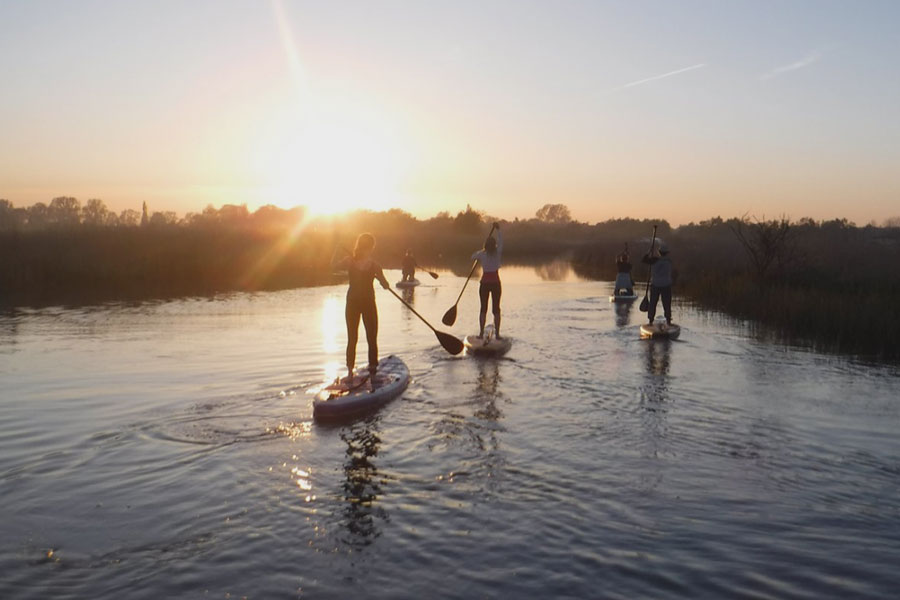
The Norfolk Coast
Just 5 miles away!
Cromer, on the north Norfolk coast, is home to the UK’s only traditional end-of-pier show. As well as these vastly popular extravaganzas during the summer and Christmas seasons, the Pavilion Theatre stages a wide variety of music and drama throughout the year.
Just a few miles west of Cromer, West Runton, East Runton, and Sheringham beaches are the sites of some notable fossil discoveries, most famously the full woolly mammoth skeleton discovered in 1990. If you’re a keen fossil hunter, you’ll love Norfolk beaches.
Kitesurfing is amazing fun and quickly growing in popularity. Beaches such as Sea Palling, on the east coast, and Hunstanton, tucked into the Wash on the west coast of Norfolk, are great places for kitesurfing.

